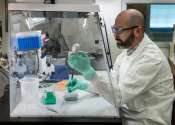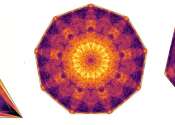The end of the quantum tunnel: Exact instanton transseries for quantum mechanics
In the quantum world, processes can be separated into two distinct classes. One class, that of the so-called "perturbative" phenomena, is relatively easy to detect, both in an experiment and in a mathematical computation. ...









